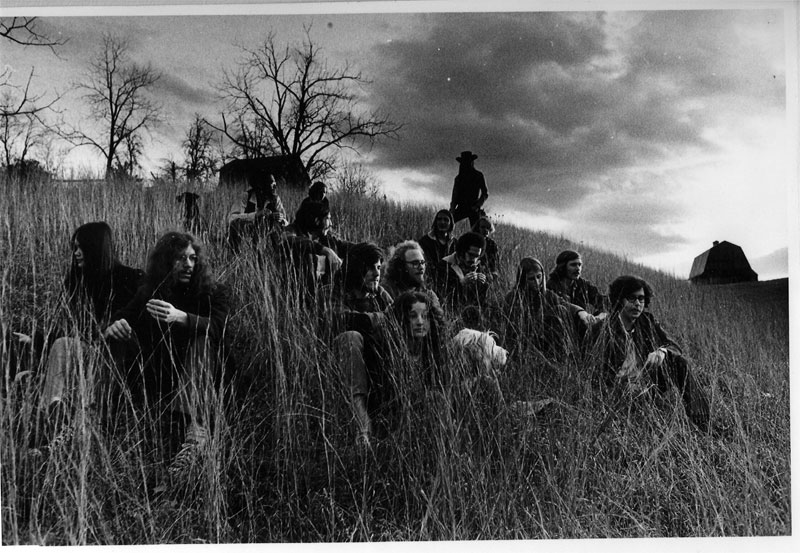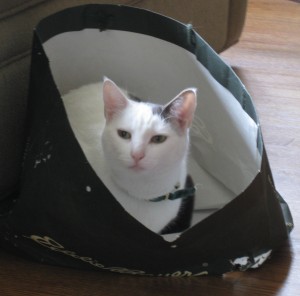There are times in every parent’s life, in the dark silence of the night, when the ticking of the kitchen clock sounds like the slow tramp of some invading army which you know is going to lay waste to your precious crops, when you wonder if you will ever be forgiven for the mistakes you’ve made with your children. Because, let’s face it, if you’re a parent, you’ve made mistakes.

Well, when I’m lying there trying to outrun the demons in my mind, I have, of late, found a new ally in the race, as if what was formerly a solo marathon has turned into a relay and the baton of guilt is lifted from my hands and whisked away on fresh legs. Because in the past few years since my children have left home, I have been getting occasional emails and phone calls that suggest I did some things right: apple pie, pizza, rolls, lasagna, tweed cake. They want my recipes. Okay, so all my finest moments seem to have originated in the kitchen. But hey, that’s better than nothing, right? And if it turns out that the best memories my children have of me are the things I cooked for them, well, that’s a kind of success.
Not everyone enjoys cooking, of course. I always have. But never more than when my children were young. There’s nothing like an appreciative audience to spur one to greatness. Or at least to reliable macaroni and cheese. So, as a person who values recipes and the sense of fulfillment that comes from preparing food for people you love, I was predisposed to like Julie Powell’s book, Julie and Julia, based on her year-long project of cooking her way through every recipe in Julia Child’s classic Mastering the Art of French Cooking and writing about the experience in a blog.
What surprised me about the book was how much of it wasn’t about cooking at all. Rather, it got into the hot steamy mess of marriage, and the dark realm where desire and despair do battle. It made me laugh. It made me sigh. It reminded me of my mother and her funny Julia Child voice which she would put on whenever she made Boeuf Bourguignon from her own tattered copy of the book.
The movie version of Powell’s book opened this weekend, and I’m excited about it. I love Amy Adams in everything, and Meryl Streep is . . . wow, there really aren’t adjectives good enough to describe her. Let’s just say, I have complete trust in her. And this is what Julia Child, and recipes, and cooking that means more than merely satisfying hunger, is about.
These days you can go online and browse hundreds of recipes for anything from tamales to tarts, and some of them are good. I’ve tried them. But each time you try a recipe from an unknown source, you’re putting your trust in someone, somewhere, who may or may not share the same core values about what makes food memorable. This is why, when it all comes down, those of us who were lucky enough to have mothers who liked to cook always refer back to the way mom made this or that.
A recipe is not about taste or skill. It’s about trust. If you cook, you know what it is to feel elated when something works like magic, or betrayed when it doesn’t. Julie & Julia isn’t really about the huge amounts of butter or the marrow, or even the maggots, though all of these elements speak to the messy, greasy toil of preparing food. J&J is not about love of food but love itself. And that, my friends, is messy heart-breaking toil indeed, but, when it turns out well, somewhat miraculous, and worth all the effort.
I’m looking forward to the movie. If it doesn’t live up to the book it won’t matter. In a director’s hands a book is like a recipe, to be followed or ignored, and even the most slavishly correct adaptation can fail to generate the magic of the written word. Sometimes you have to change a recipe to make it your own. And if you’re very lucky, someone may one day ask you for it.




 , 50 Far Out, Groovy, Peace-Loving, Flashback-Inducing Stories From Those Who Were There by Susan Reynolds, which will be released this summer, just in time for all the nostalgic hoopla. Love that hoopla.
, 50 Far Out, Groovy, Peace-Loving, Flashback-Inducing Stories From Those Who Were There by Susan Reynolds, which will be released this summer, just in time for all the nostalgic hoopla. Love that hoopla.